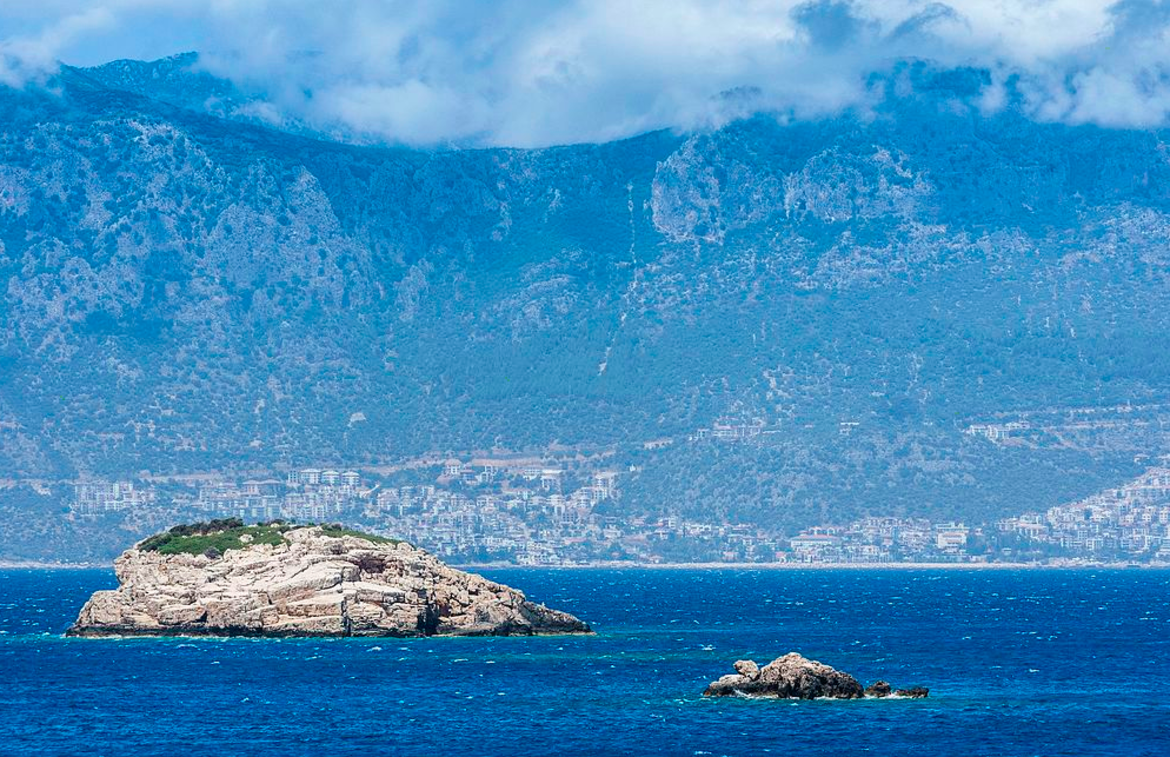Cyprus: At the centre of the arm-wrestling between Greece and Turkey
The discovery in the last few years of large gas reserves in the region has whetted appetites in Ankara, which has been forcefully demanding its piece of the pie, even at the risk of contesting the limits of respective economic zones as well as provoking the EU’s intervention and threatening the region’s stability.










